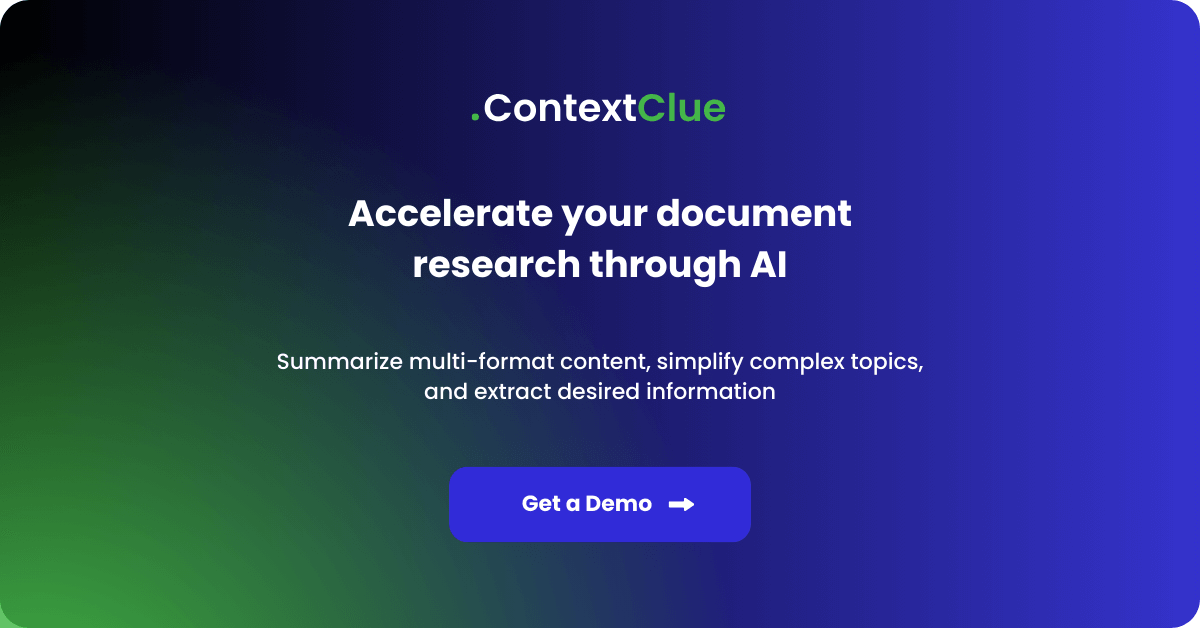
October 20, 2020
Artificial Intelligence Developments: Latest Innovations
Author:

CSO & Co-Founder
Reading time:
9 minutes
Artificial intelligence is an extensive and dynamic area. Nowadays, there’s quite a lot going on in this sphere, chiefly because some of the largest IT companies (like Google or IBM) actively invest in looking for and developing new AI-based applications. We decided to take you on tour and show you some of the latest artificial intelligence developments. Let’s go!
Did you know that the history of artificial intelligence already has almost 65 years? The field of AI research was born at Dartmouth College in 1956, where the term “Artificial Intelligence” was coined by John McCarthy, the American computer scientist[1]. Since then, a lot has happened. The history of AI is about improving and accelerating human work. It’s a history of conversational algorithms, of predictive models, of self-learning applications. Although the stage where we could say that AI really is intelligent is still ahead, we have already achieved some amazing things.
Today, Artificial intelligence developments help in:
- Developing new drugs
- Making more accurate diagnoses
- Carrying out surgeries
- Analyzing data
- Improving the educational process
- Driving a car in poor weather conditions, and many more fascinating fields
But that’s theory. In this article, we want to show some of the latest artificial intelligence developments that happen right now. We chose examples from various areas and sectors to show you how broad this discipline is. Let’s start with the first example!
Addepto presents an AI Text Analysis Tool that’s poised to revolutionize your document analysis.
Artificial intelligence: latest developments:
Chatbots and voicebots
Yes, they’ve been around for years. That’s true, but in fact, they get better and better! In the early history of conversational algorithms, there wasn’t much of a conversation. The chatbot could answer only the most straightforward questions or commands and, besides that, they were pretty much useless. Today, chatbots are based on machine learning algorithms that help them “learn” from each conversation and improve themselves.

As it happens, chatbots are now so convincing and human-like that they can fool other internet users! As the Independent magazine reports, an advanced AI-based chatbot was able to post on Reddit and interact with other users for more than a week before anyone realized it was a bot. The chatbot was pretending to be a human user using the ‘thegentlemetre’ nick. It was posted on Q&A forums (AskReddit and AskScience) on many different subjects. Interestingly, some of the chatbot’s posts received hundreds of upvotes!
Our next example comes from Poland. Talkie.ai is a company behind the coronabot project. It’s a voicebot designed to help people get accurate information and statistics about the COVID-19 pandemic. All you have to do is call a special hotline launched by the Polish National Health Fund to start talking to the voicebot. Within the first 24 hours of operation, the coronabot took over 500 calls and knew the answers for over 40 of the most popular questions about the COVID-19 disease[2].
Deepfakes
Although it’s definitely NOT a positive example of AI development, it’s real and, therefore, worth noting in this text. Deepfakes are based on deep learning technology (hence the name). Algorithms “learn” what the source face looks like and how it behaves in different situations and at different angles in order to simulate its behavior. The result? Obama saying that “Killmonger was right”. You have to see how it works yourself! Click here and go straight to the YT video.

Similar videos have been made starring Donald Trump or Mark Zuckerberg. As you can see, this technology is impressive and terrifying at the same time. We wanted you to be aware of this technology and verify the sources you’re using. Because, at some point, it could turn out that someone uses this deep fake technology to fool thousands (millions?) of people for wrong purposes. Just be cautious.
Healthcare
Healthcare is one of the most important fields of AI development. AI-fueled algorithms and applications aid surgeons during operations, help radiologists make more accurate diagnoses, and spot even the tiniest anomaly on the x-rays image.
Regina Barzilay is an MIT professor who dedicated her work to creating systems for drug development and early cancer diagnosis. Her early diagnosis tool has been tested in multiple hospitals, including Boston’s Massachusetts General Hospital and others in Taiwan and Sweden. What results did she achieve? As MIT reports, her AI-fueled model can predict breast cancer up to five years in advance! Moreover, their model accurately placed 31% of all cancer patients in its highest-risk category, compared to only 18% achievable through traditional models.

And maybe one more example of AI in healthcare. VIZ.ai is a US-based startup that works on identifying anomalies in brain scans through machine learning. Viz.ai’s mission is to reduce time to treatment, improve access to healthcare, and speed the diffusion of medical innovation.
Marketing
When it comes to sales and marketing, AI can help you optimize your online marketing campaigns, measure results, and improve customer service. Here, it’s worth to mention Persado, a marketing AI company that focuses on improving customer service through machine learning-generated communication. They say their algorithm applies understanding of language to a marketing brief in order to create the best message to speak to customers across all channels. Right now, Persado’s AI-powered knowledgebase consists of more than 1 million tagged and scored words, phrases, and images in 25 languages.
Companies that utilize their solution confirm that it works. For instance, one of Persado’s clients is Vodafone. According to their statistics, they’ve managed to increase their conversion by over 40% and sales by over 10%.

Unbabel is another fascinating example of how AI technologies can improve marketing and sales. In general, their primary product is an AI-powered language translation platform. The startup helps companies easily build multilingual communication with their customers without facing any language barriers. Their solution can be utilized for translating customer queries, website content, and real-time chats. The company brags that they “combine the speed and scale of machine translation with the authenticity that can come only from a native speaker”. How is that possible? They claim that native speakers post-edit the MT (Machine Translation) outputs to match human-only translation quality.
Industry
In our article about computer vision (which is also a fully-fledged subsection of AI), we told you that the CV algorithms, frequently combined with the IoT sensors, can significantly improve workflow. That’s especially true when it comes to various industrial facilities like factories, plants, refineries, and platforms. You see, all these companies have to continually monitor tens of multiple sensors and measurements, 24/7, 365 days a year. On many occasions, that requires site visits. And they take time and can be costly (according to experts, one such inspection can cost up to 57 USD![3]).

We want to show you two AI companies that help solve this issue:
Osperity
Osperity is a US-based company that offers remote virtual inspections and reports, activity detection and accurate alerts, remote environmental inspections, and automated leak detection. All thanks to CV and AI algorithms. Osprey managed to decrease the average cost for an in-person well site inspection to just 1 USD! And, simultaneously, they managed to reduce the number of such inspections by over 50%. Their online reports and alerts monitor situation 24/7 and instantly inform the technical staff when something’s wrong.
Samsara
And here’s another example. It’s another US-based company that aids industrial facilities in managing their systems and infrastructures. Samsara does not focus on computer vision. They took the other way and decided to develop the IoT solution that combines hardware, software, and cloud to bring real-time visibility, analytics, and AI to industrial operations.

Companies use Samsara’s systems to lower fuel consumption, prevent accidents, automate manual processes, and improve product quality. Today, they have 10,000+ clients around the world and collect information from over 100 billion sensor points per year!
Big Data
Big data is the last technology we’d like to mention. In fact, it’s strictly associated with AI. And that’s due to its nature. You see, big data is so voluminous, it’s almost impossible to analyze and process it using traditional methods. You just need AI and machine learning-fueled algorithms that can sift through it and provide you with a useful business-wise outcome.
ThoughtSpot
ThoughtSpot is a US-based producer of AI-driven analytics platform. Thanks to their software, you can connect with all of your data sources, including your on-premise, cloud, and desktop content. Their main goal is to bring data analytics closer to every manager and company owner worldwide. Thanks to their app, you can easily get useful insights from your data, with no data analytics training or education. According to the case studies on the startup’s website, their clients have used this platform to reduce backlogs by more than 90% and make over 3 million business decisions[4].

As you can see, the current status of artificial intelligence developments is truly impressive! They help companies and managers worldwide work in a more efficient, straightforward, and pleasant way. But they also help save people’s lives! As history teaches us, the more advanced given technology is, the faster it grows. Therefore, we can expect to see a multitude of new AI applications in the coming months and years.
References
[1] Wikipedia.org. Artificial intelligence. Apr 10.2021. URL: https://en.wikipedia.org/wiki/Artificial_intelligence. Accessed Oct 20, 2020.
[2] Grzegorz Marynowicz. Masz pytanie o koronawirusa? Polacy stworzyli bota, który odpowie na kluczowe kwestie. Apr 19, 2020 URL: https://mambiznes.pl/wlasny-biznes/masz-pytanie-o-koronawirusa-polacy-stworzyli-bota-ktory-odpowie-na-kluczowe-kwestie-98694. Accessed Oct 20, 2020.
[3] Osperity.com. Efficient well site area management with osprey reach. URL: https://osperity.com/wp-content/uploads/dlm_uploads/2016/06/Well-Site-Monitoring-With-Osprey-Reach_Case-Study.pdf. Accessed Oct 20, 2020.
[4] Em360tech.com. Top 10 AI Startups to Watch in 2020. Apr 20, 2020. URL: https://em360tech.com/index.php/ai_enterprise/tech-features-featuredtech-news/top-10-2020-ai-startups. Accessed Oct 20, 2020.
Category:





